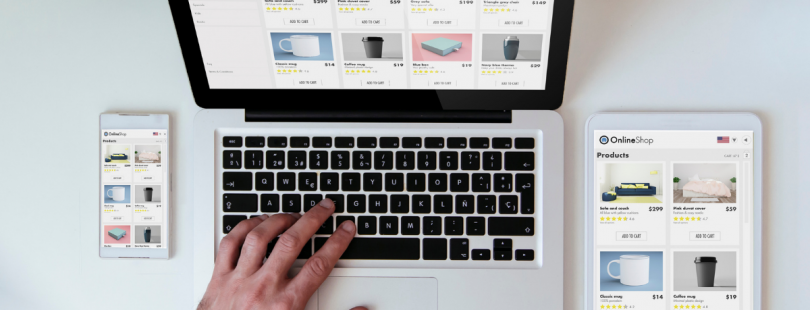New social media platforms are a dime a dozen, and rarely does one break the mold and ascend to join the likes of Twitter, Instagram, or TikTok. But, as marketers, it is our duty to look at every emerging platform as an opportunity to reach an audience; to look at them as more than just time-wasters, but have a game plan for when the next new app takes off. To look critically at new social media and ask ourselves “if I had to start using this, what would I do?”
Let’s talk about Clubhouse. There’s a chance you’ve heard of it, but a very small chance that you actually use it. This is because the app is invite-only. Clubhouse is essentially a marriage of a podcast, a cocktail party, and a TED talk. Users can visit conversation rooms where people, through the use of the app, are physically talking to one another. The conversation can be free-flowing or it can be a pre-planned event where a speaker talks at length and then answers questions.
So, let’s investigate. Hypothesize that Clubhouse is the hot new thing (which it could be very soon, one never truly knows): how can we set up a client for success using the platform?
The app is great if you have a small client with a devoted audience who wants to be positioned as a thought-leader but also a member of the community they’re creating around their brand. Clubhouse removes nearly all barriers that exist on other social media sites: there are no comments here. If an audience member has a question, they can ask it in real-time, kind of like a Reddit AMA but without the safety net of being behind a keyboard. On one hand, your client better be good at fielding questions and wrangling an audience. On the other, this immediate access to your client will trick audiences into forming that parasocial relationship that personality-centric brands need to thrive.
What if your client doesn’t have a devoted audience, and relies on sales to other brands? B2B clients shouldn’t feel left out! The app also has high networking potential. Professionals from all industries use the app to connect, share ideas, and strike up partnerships.
The exclusivity of Clubhouse is one of its most appealing features. It gives your client the appearance of prestige to be speaking somewhere not easily reachable by mainstream audiences. This isn’t Twitter, where a random user can fire off a tweet; this is a private party, and devoted audiences will be tripping over themselves to get airtime with your client. As a marketer, we’re trained to look at everything we produce as content, but your client’s audience won’t see it that way. These are high-valued conversations, not a produced blog or podcast that, while it may still have entertainment and educational value, is fairly transparent that it’s part of the larger brand.
Finally, nothing on Clubhouse is permanent. The app does record everything for its own use, but nothing is archived and made available to the users. Unlike a podcast episode that listeners can access forever, if you weren’t invited to the app, you’ve missed out on exclusive content that you’ll never be able to take part in.
Devotees of the app are very enthusiastic about it and pretty precious about who they let in. The whole point of Clubhouse is the exclusivity, so make sure your client has an airtight pitch for why they are worthy of an invitation.
The point here is not that you need to rush out and figure out how to get your client on Clubhouse right this second, but rather that every social media platform has its uses, and you don’t want to be the one trying to figure out an angle long after a social media space has been dominated.
Read More















